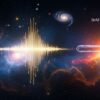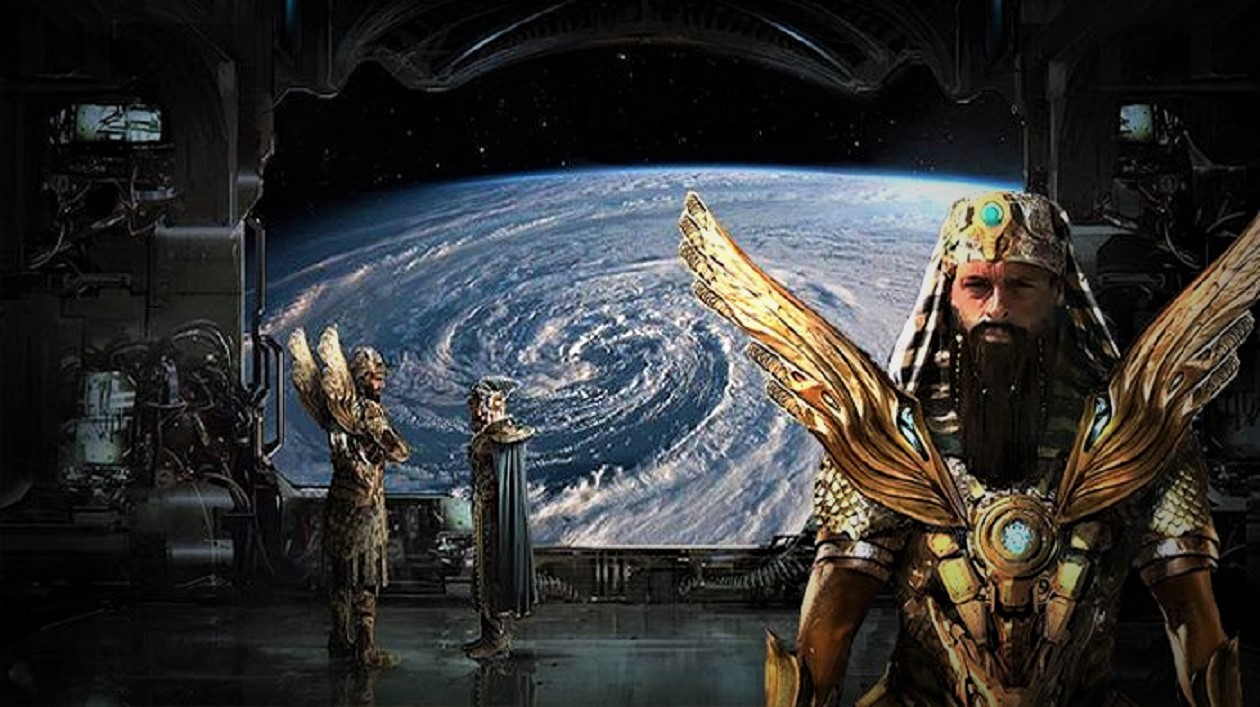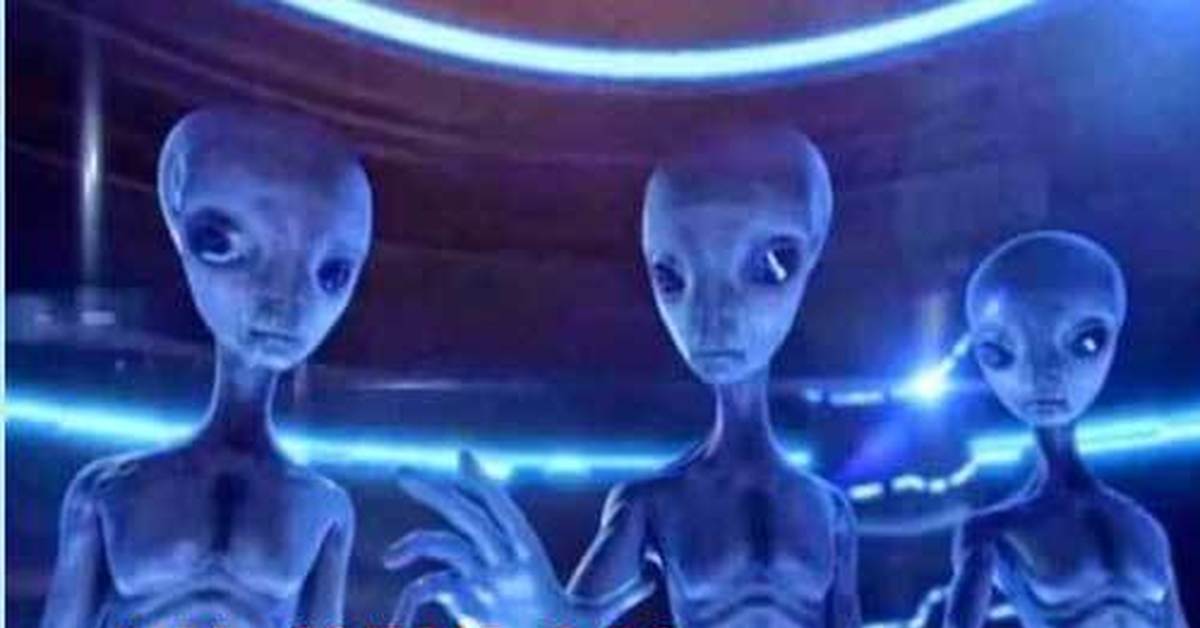Imagine a world where everything we’ve been taught about the cosmos is a carefully crafted illusion. A realm where the very fabric of reality bends under the weight of a grand conspiracy—an alternative world order that defies the mainstream narrative. Let’s strip away the layers of conventional knowledge and dive into a provocative reimagining of existence, starting with a single, tangible truth: the air thins as we ascend.
From this seed, we’ll grow a radical new understanding of the universe—one that challenges the stars, discards gravity, and redefines the Sun itself.
The Air We Breathe: A Clue to the Cosmos
Picture yourself standing at sea level, lungs full of crisp, dense air. Now, imagine climbing to the peak of Mount Everest, 8,848 meters above the world. A fascinating fact emerges: the ratio of oxygen to other gases remains nearly identical to what you’d find in your living room. What changes, however, is the pressure. At Everest’s summit, the air is so sparse that oxygen molecules drift twice as far apart as they do at home. You’re still surrounded by the same blend of gases—about 21% oxygen, 78% nitrogen, and traces of others—but the low pressure makes every breath feel thinner, rarer.
Now, let’s extend this logic upward. As altitude increases, the air continues to rarefy, its molecules spreading farther apart. Climb high enough, and what do you get? A point where the distance between particles becomes so vast that the air effectively dissolves into nothingness. Picture a pair of oxygen molecules separated by kilometers—an emptiness so profound it mirrors what we call “space.” This isn’t science fiction; it’s a natural progression of what we observe on mountains. If we strip away everything we’ve been told about planets, stars, and galaxies, this simple truth about thinning air offers a startling revelation: space might just be the absence of matter, stretched to infinity.
A Flat Earth Conspiracy: Gravity Be Damned
Now, let’s toss out the textbooks entirely. Forget orbiting spheres and cosmic forces—imagine a flat Earth, a plane of existence where the very concept of gravity is a fabricated lie. In this conspiracy-driven world order, gravity isn’t needed to explain why things fall. Instead, it’s all about layers. Picture the Earth as a stack of densities: heavy matter—like stone and iron—sinks to the bottom, while lighter substances—like air and fire—rise to the top. It’s a natural hierarchy, not unlike a riverbed: dense clay settles beneath lighter sand, which sits below even lighter water.
In this model, “down” is where the heaviest matter collects, and “up” is where the lightest ascends—toward the Sun. Plants stretch toward sunlight not because of some mysterious force but because the Sun, as the lightest “thing” in existence, defines the direction of “up.” Here’s where it gets wild: the Sun isn’t a massive ball of gas 93 million miles away. No, it’s something ethereal, a primordial fire—perhaps the lightest element of all, hovering above us like a divine flame. The Moon? It’s cut from the same cloth, a glowing companion in this layered cosmos.
But wait—doesn’t science tell us the Sun’s immense mass should pull the Earth into it? Enter the paradox, whispered by fringe thinkers like the enigmatic naturalist Vadim Lovchikov (a name we’ll assume for this narrative). Lovchikov, who may have paid dearly for his heretical calculations, argued that if classical cosmology were true, the Sun’s gravitational pull should overwhelm us. Yet here we stand, unconsumed. Could this be evidence that the mainstream model is flawed—or that the Sun isn’t what we’ve been told?
The Void Above: A Cosmic Backdrop
Let’s push this further. If the air thins into nothingness as we rise, what lies beyond? In this conspiracy world, there’s no “space” as we know it—no planets, no galaxies, no infinite frontier. Instead, the sky is a backdrop, a celestial painting of stars and lights that tantalizes us but remains forever out of reach. Think of it like a video game: beyond the map’s edge, there’s no rendered world—just an undrawn void. The stars? Mere decorations. Mars? A red dot in the sky, holy and unreachable, but not a planet you can land on. The idea of sending humans to colonize it? A half-century-old pipe dream, perpetually delayed because there’s nothing to reach.
Above us, then, is emptiness—a vacuum where molecules are so sparse they cease to exist as matter. The Sun and Moon float as luminous exceptions, perhaps not fully material, shining as symbols of a higher order. There’s no “outer space” to explore because the universe ends where our atmosphere fades. It’s a radical rethink: what if everything we’ve been sold about the cosmos is a distraction from the truth beneath our feet?
The Mystery Below: Where the Real Secrets Lie
If the sky is a void, what about the ground? We’ve barely scratched the Earth’s surface. The deepest mine plunges just 12 kilometers down—a mere pinprick on an apple’s skin. Beyond that shallow peel lies a realm of crushing pressure and condensed matter, where air molecules huddle closer together and breathing slows. We know so little about this underworld. Earthquakes rumble from depths we can’t fathom, defying prediction. What’s down there? Dense layers of rock and metal, perhaps—or something stranger, hidden from prying eyes.
In this conspiracy lens, the Earth below holds more intrigue than the emptiness above. Space exploration? A futile chase after a mirage. In 100 years, in 1,000 years, we’ll still be snapping prettier photos of galaxies that don’t exist, spinning tales of a cosmos that’s just a backdrop. The real story—the real world—is here, among us, in the dirt and the people who walk it.
A Call to Rethink Everything
If this feels like nonsense, that’s the point. This isn’t about accepting a flat Earth or a sun of primordial fire as gospel—it’s about questioning the gospel we’ve been fed. Strip away the “unverifiable postulates” of modern science, and what remains? A world where air thins to nothing, matter sorts itself by weight, and the sky is a beautiful lie. It’s a thought experiment, a conspiracy world order that dares you to look anew at the Earth and beyond.
So, where do we go from here? Not up, chasing shadows in the void—but down, into the mysteries beneath us, and around, into the lives we share. The truth isn’t out there among the stars. It’s right here, waiting to be uncovered.

















